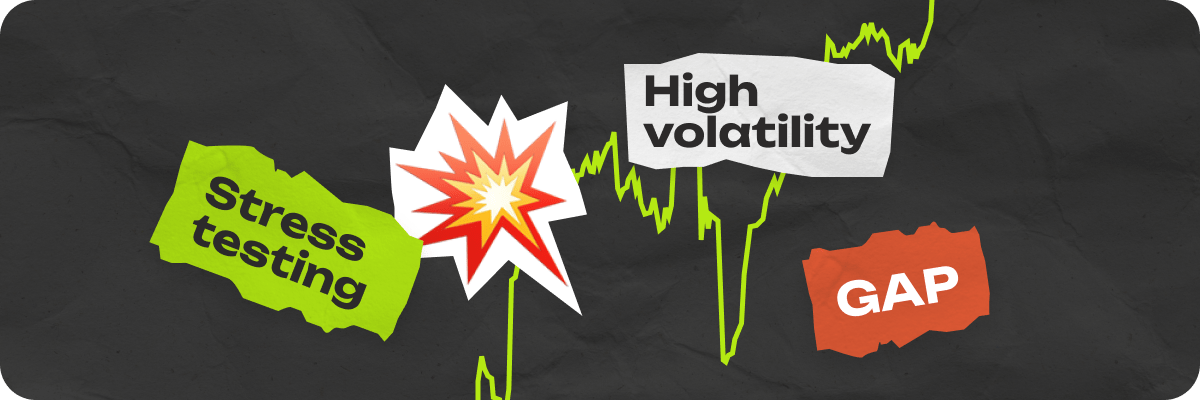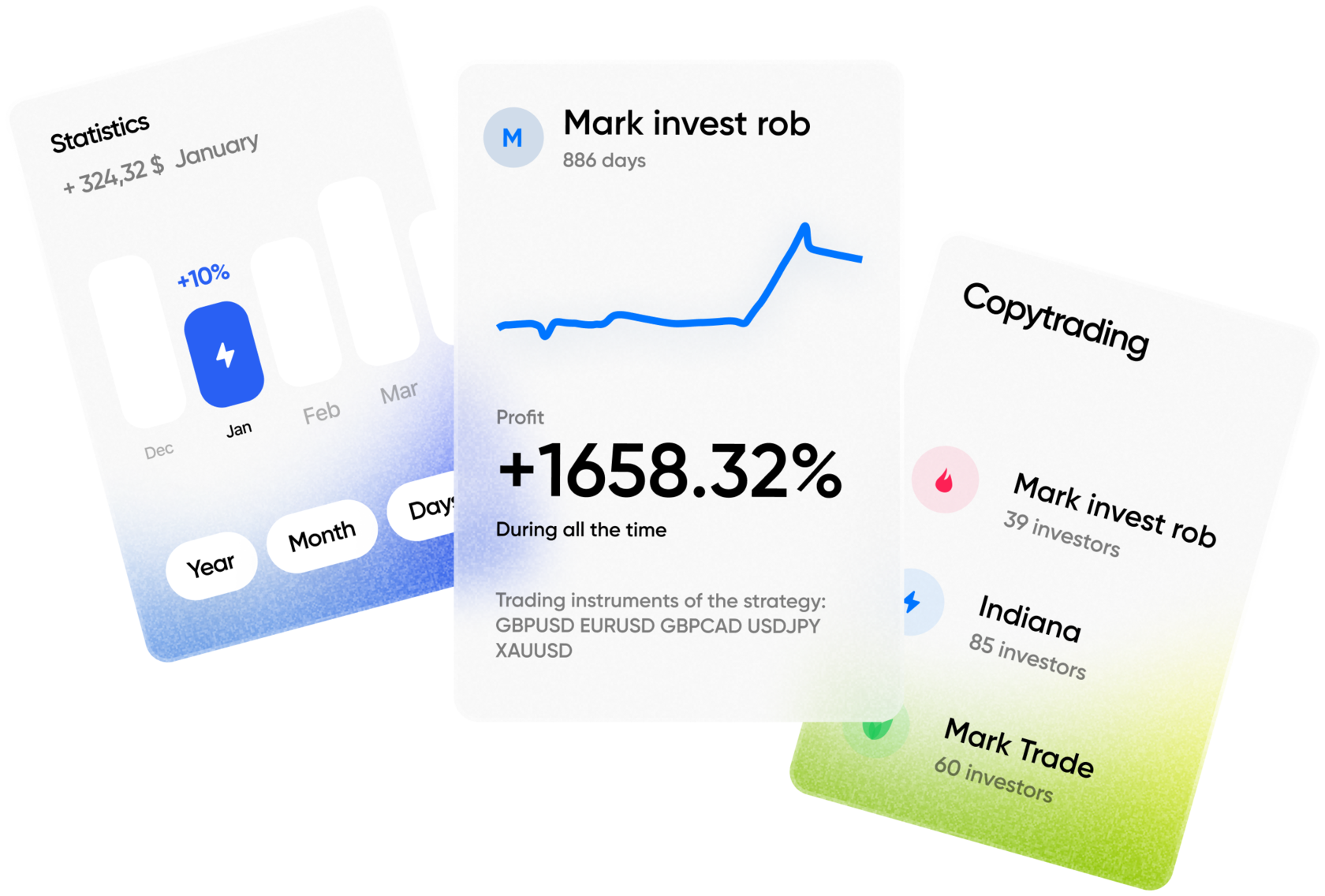Risk management is one of the most crucial aspects of successful trading. Whether you are a beginner or a seasoned professional, managing risk effectively ensures that you stay in the game long enough to refine your strategy and achieve consistent results. Even the best trading strategy can lead to failure without proper risk management.
In this article, we will explore practical tools and strategies that traders can use to manage risk. We will also discuss why beginners must adopt these techniques and how professionals apply them in real market conditions.
Why Risk Management Matters in Trading
Every trade involves uncertainty. Unexpected price movements can lead to losses, no matter how well you analyze the market. Risk management helps traders control potential losses, protect their capital, and improve long-term profitability.
Beginners often focus solely on profits without considering how to mitigate risks. This approach can lead to significant financial setbacks. On the other hand, experienced traders prioritize risk control, knowing that capital preservation is key to long-term success.

Essential Risk Management Tools and Techniques
1. Capital Allocation and Position Sizing
One of the first steps in risk management is deciding how much capital to allocate to each trade. A common rule among professional traders is the 1-2% rule, meaning that no single trade should risk more than 1-2% of the total trading capital.
For instance, if you have $10,000 in your trading account, you should not risk more than $100-$200 on any given trade. This approach helps prevent major losses and ensures that even a series of unsuccessful trades won’t deplete your funds.
Professionals expand position sizing further by adjusting trade sizes based on market conditions, volatility, and past performance. Beginners should start small and gradually increase as they gain experience.
2. Setting Stop-Loss and Take-Profit Levels
A stop-loss order automatically closes a position when the price reaches a predetermined level, limiting potential losses. Setting stop-loss levels correctly can prevent emotional decision-making and protect traders from excessive drawdowns.
Similarly, take-profit orders lock in profits by closing a position once a target price is reached. Traders can establish a risk-reward ratio that aligns with their strategy by using both stop-loss and take-profit orders.
3. Stress Testing and Scenario Analysis
A stress test simulates worst-case scenarios to assess how well a trading strategy holds up under extreme conditions. Traders should evaluate their potential losses in different market situations, such as sudden price crashes or high volatility periods.
For example, a trader might analyze what would happen if a currency pair moves 5% against their position. If the potential loss is too great, position size or stop-loss placement adjustments should be made.
4. Avoiding Slippage and Market Volatility Risks
Slippage occurs when a trade is executed at a price different from the expected level due to market volatility. This can lead to larger-than-expected losses, especially when relying on stop-loss orders.
To minimize slippage:
- Trade during high liquidity periods (e.g., when major financial markets overlap).
- Use limit orders instead of market orders when possible.
- Choose a reliable broker with fast execution speeds.
5. Diversification: Spreading the Risk
Experienced traders rarely put all their capital into a single trade or asset. Diversification helps reduce overall risk by spreading investments across different instruments, such as stocks, forex pairs, commodities, or indices.
For instance, instead of focusing solely on forex trading, traders might allocate part of their capital to commodities like gold, which often moves inversely to the stock market. This strategy helps cushion losses if one market performs poorly.
6. Psychological Preparedness and Emotional Control
Trading psychology plays a crucial role in risk management. Fear and greed can lead to impulsive decisions, causing traders to abandon their strategy.
To manage emotions effectively:
- Stick to a pre-defined trading plan.
- Avoid revenge trading after a loss.
- Take breaks when feeling overwhelmed.
Professional traders understand that losses are part of the game. They maintain discipline and focus on long-term results rather than short-term fluctuations.
How Professionals Use Risk Management in Real Markets
Professional traders consistently apply these risk management techniques. They adjust their strategies based on market conditions, use automated tools to execute trades efficiently, and continuously analyze past performance to refine their approach.
For example, hedge fund traders often employ risk-reducing strategies such as hedging, where they open positions in opposite directions to minimize losses. Others use sophisticated algorithms to manage risk dynamically based on volatility levels.
Final Thoughts
Effective risk management is essential for both beginners and experienced traders. By setting capital limits, using stop-loss orders, avoiding slippage, and maintaining emotional control, traders can navigate the markets with greater confidence and stability.
Beginners should adopt these strategies early to build a strong foundation. Meanwhile, professionals continuously refine their risk management techniques to adapt to changing market conditions. Regardless of experience level, the ability to manage risk effectively is what separates successful traders from those who fail.







